- Album Songs recorded during this session officially appear on the Revolver (UK Mono) LP.
- Studio:
- EMI Studios, Studio Two, Abbey Road
Timeline
More from year 1966
Some songs from this session appear on:
Spread the love! If you like what you are seeing, share it on social networks and let others know about The Paul McCartney Project.
About
This was the fourth day of recording the “Revolver” album, continuing the work done on “Got To Get You Into My Life“ the previous day, and starting working on George Harrison’s “Love You To“.
Some photographic pieces of evidence – if correctly labelled – indicate Mick Jagger, from the Rolling Stones, attended this session.
We’d be hanging out with the Stones, working on their sessions; it was a very friendly scene. There must have been a bit of competition because that’s only natural, but it was always friendly. We used to say, ‘Have you got one coming out?’ and if they had we’d say, ‘Well, hold it for a couple of weeks, because we’ve got one.’ It made sense, really, to avoid each other’s releases.
Paul McCartney – From “The Beatles Anthology” book, 2000
The session started at 2:30 pm, and The Beatles added the first overdubs onto the basic track (take 8) of “Got To Get You Into My Life“, which had been completed on April 8, 1966. First Paul McCartney added another bass part, George Harrison more guitars and John Lennon some acoustic guitar. Paul then added his lead vocals to the song.
The song would be shelved for a month, and work would restart on May 18, 1966, with the overdubs of brass sections.
At approximately 3:30 pm, The Beatles started recording George Harrison’s “Love You To“, under the working title “Granny Smith” (engineer Geoff Emerick’s favourite variety of apple). They recorded six takes of the basic track, with George on acoustic guitar and lead vocals, and Paul on backing vocals. The first overdubs were added onto take 6, with George adding a sitar part and a fuzz guitar, Paul playing tambura, and a session musician, Anil Bhagwat, on tabla percussion. The recording session ended at 12:45 am (after a break between 7 pm and 8 pm).
A first mono mix was then created from 12:45 am to 1 am.
From Wikipedia:
The basic track for “Love You To” was taped in London at EMI Studios (now Abbey Road Studios) on 11 April 1966. According to Beatles historian Mark Lewisohn, Harrison initially sang and played acoustic guitar, accompanied by Paul McCartney on backing vocals. By the end of the first session that day, three takes of the song had been made, with Harrison introducing his sitar on the last of these takes. Work resumed at 8 pm, with the participation of Anil Bhagwat, a tabla player that Harrison had sourced through Patricia Angadi. Other outside contributors, also from the AMC, included musicians on tambura and sitar.
According to Inglis, “Love You To” is “defined” by the interplay between sitar and tabla. Bhagwat later recalled of his involvement: “George told me what he wanted and I tuned the tabla with him. He suggested I play something in the Ravi Shankar style, 16-beats, though he agreed that I should improvise. Indian music is all improvisation.” After rehearsing the song together many times, Harrison and Bhagwat recorded the sitar and tabla parts onto the vocal and guitar performance taped earlier that day. […]
Credit for the main sitar part on “Love You To” has traditionally been the subject of debate among commentators. While MacDonald says that, rather than Harrison, it was the sitarist from the AMC who played this part, Rodriguez writes that “others point to [Harrison’s] single-minded diligence in mastering the instrument, as well as his study through private lessons, proximity to accomplished musicians, and close listening to pertinent records.” In his official history of the Beatles’ recording career, The Complete Beatles Recording Sessions, Lewisohn states: “George played the sitar but an outside musician, Anil Bhagwat, was recruited to play the tabla.” Musicologist Walter Everett also identifies Harrison as the main sitar player on the recording, as does Peter Lavezzoli, author of The Dawn of Indian Music in the West. Leng comments that, as on “Norwegian Wood”, Harrison “is still playing the sitar like a guitar player [on the recording], using blues and rock ‘n’ roll bends rather than the intensely intricate Indian equivalents”. Speaking to author Steve Turner, Bhagwat has dismissed the idea that the sitarist was not Harrison, saying: “I can tell you here and now – 100 percent it was George on sitar throughout.”
The Indian sounds are definitely mainly George. We started off just hearing Indian music and listening to things, and we liked the drone idea because we’d done a bit of that kind of thing in songs before. But George got very interested in it, and went to a couple of Ravi Shankar concerts, and then he met Ravi and said, ‘I was knocked out by him! – just as a person. He’s an incredible fellow. He’s one of the greatest.’ So the two of them were having a great time!
And that’s how we brought Indian sounds on. It’s nice to start bridging the two kinds of music, because we’ve just started off in a very simple way, and then this album’s got a bit better. It’s a little bit more like Indian music. And it helps people to understand it too – because it’s very hard to understand. But once you get into it, it’s the greatest.
Paul McCartney, 1966 – From beatlesebooks.com
The session came out of the blue. A chap called Angardi called me and asked if I was free that evening to work with George. I didn’t know who he meant — he didn’t say it was Harrison. It was only when a Rolls Royce came to pick me up that I realised I’d be playing on a Beatles session. When I arrived at Abbey Road, there were girls everywhere with Thermos flasks, cakes, sandwiches, waiting for the Beatles to come out.
George told me what he wanted and I tuned the tabla with him. He suggested I play something in the Ravi Shankar style, 16-beats, though he agreed that I should improvise. Indian music is all improvisation. I was very lucky, they put my name on the record sleeve. I’m really proud of that, they were the greatest ever and my name is on the sleeve. It was one of the most exciting times of my life.
Anil Bhagwat – From The Complete Beatles Recording Sessions by Mark Lewisohn, 2004
One example was the time that George Harrison brought in some local Indian musicians from the Asian Society to play on his song ‘Love You To’ — which I originally named ‘Granny Smith’ on the tape box, after my favorite kind of apple, only because George never had titles for his songs. I had never miked Indian instruments before, but I was especially impressed by the huge sound coming from the tabla (percussion instruments somewhat similar to bongos). I decided to close-mic them, placing a sensitive ribbon mic just a few inches away, and then I heavily compressed the signal. No one had ever recorded tabla like that — they’d always been miked from a distance. My idea resulted in a fabulous sound, right in your face, and both Harrison and the Indian musicians commented afterward about it.
Geoff Emerick – From “Here, There and Everywhere: My Life Recording the Music of The Beatles“, 2006
It shows what George was bringing to the band, and also how the band accepted it. This album is an album of everyone’s acceptance and everyone’s ideas, and it shows how George had progressed as a sitar player compared to ‘Norwegian Wood (This Bird Has Flown)’. People didn’t think at the time it was him playing sitar on this song, but the outtakes show that it was, and Paul, of course, was playing tambora now. The Beatles were always at the forefront of technology and I like the fact that we can still do stuff with music that’s 50 or 60 years old.
Giles Martin – From The Beatles’ ‘Revolver’: inside the remixed release with Giles Martin (nme.com), October 24, 2022
Work on “Love You To” would continue on April 13, 1966.
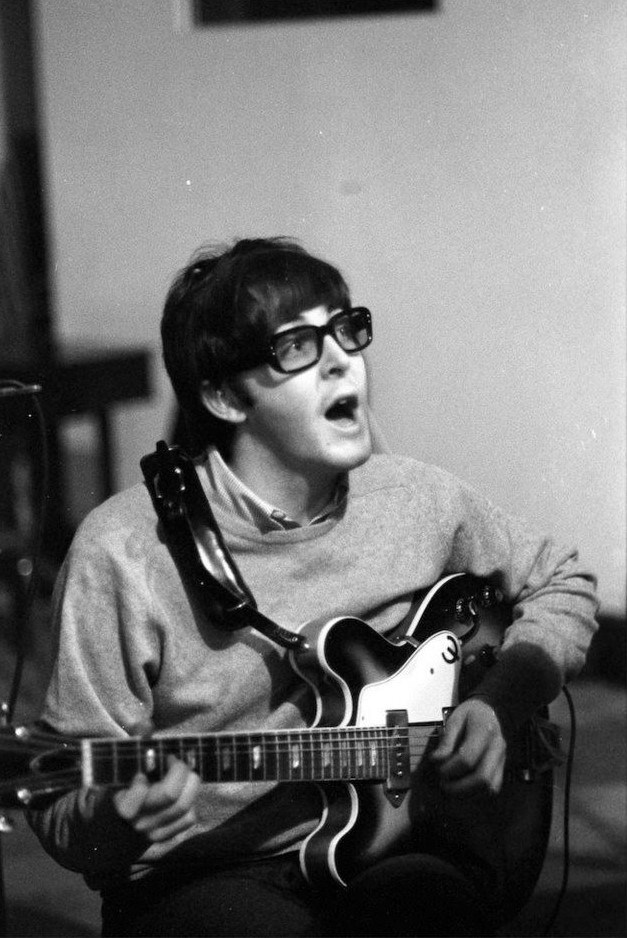
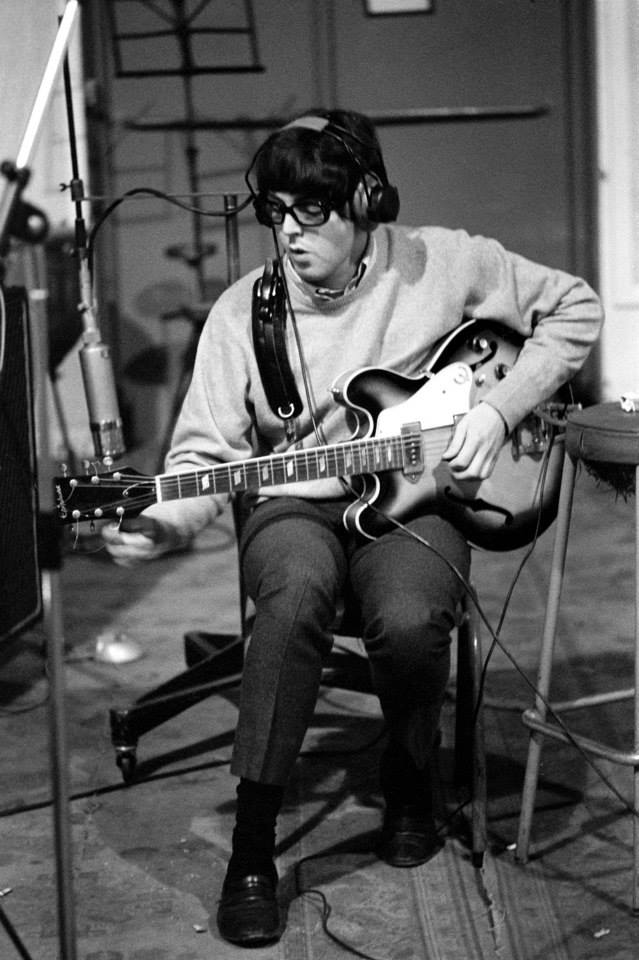
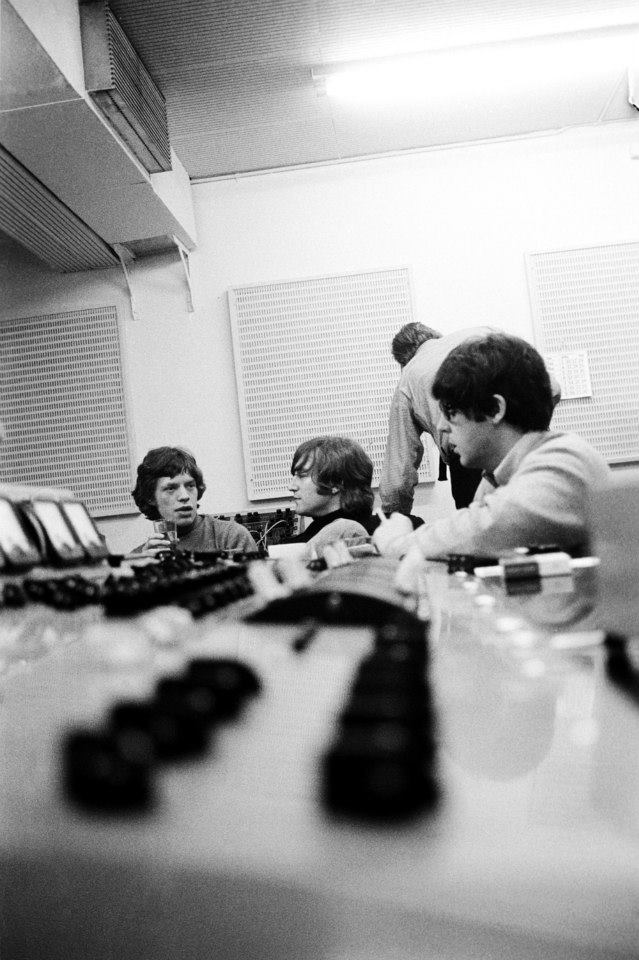
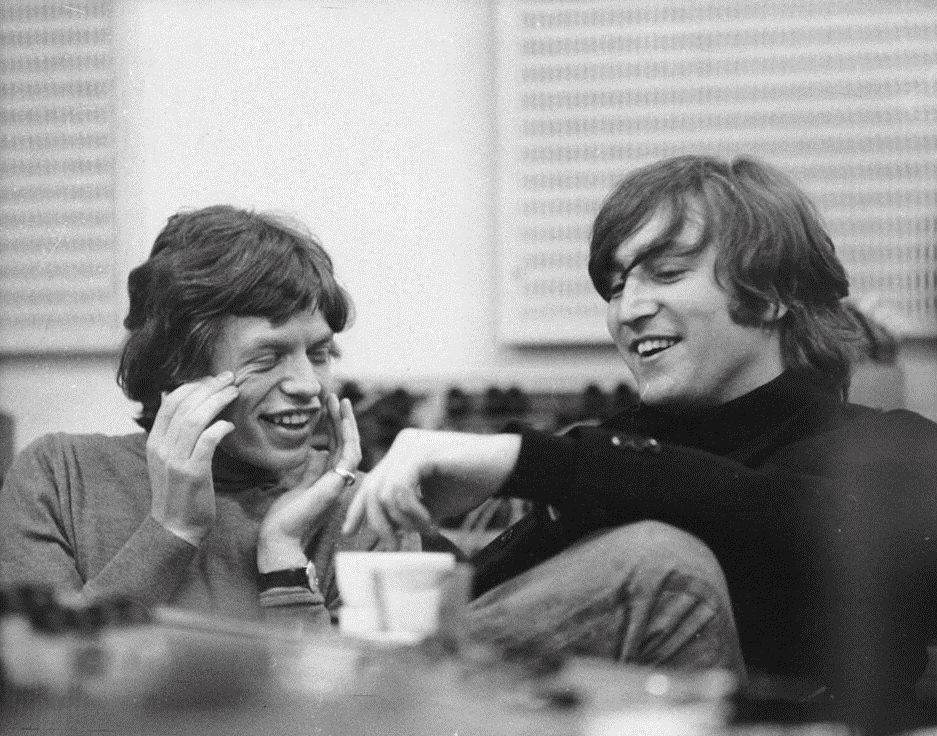
Last updated on November 12, 2023
Songs recorded
1.
2.
Written by George Harrison
Recording • Take 1
Album Officially released on Revolver (Super Deluxe - 2022)
3.
4.
5.
6.
7.
8.
Staff
Musicians on "Got To Get You Into My Life"
Musicians on "Love You To"
- Paul McCartney:
- Backing vocals, Tambura
- George Harrison:
- Fuzz guitar, Acoustic guitar, Lead vocals, Sitar
- Anil Bhagwat:
- Tabla
Production staff
Going further
The Complete Beatles Recording Sessions • Mark Lewisohn
The definitive guide for every Beatles recording sessions from 1962 to 1970.
We owe a lot to Mark Lewisohn for the creation of those session pages, but you really have to buy this book to get all the details - the number of takes for each song, who contributed what, a description of the context and how each session went, various photographies... And an introductory interview with Paul McCartney!
The Beatles Recording Reference Manual - Volume 2 - Help! through Revolver (1965-1966)
The second book of the Association for Recorded Sound Collections (ARSC)-nominated series, "The Beatles Recording Reference Manual: Volume 2: Help! through Revolver (1965-1966)" follows the evolution of the band from the end of Beatlemania with "Help!" through the introspection of "Rubber Soul" up to the sonic revolution of "Revolver". From the first take to the final remix, discover the making of the greatest recordings of all time.
Through extensive, fully-documented research, these books fill an important gap left by all other Beatles books published to date and provide a unique view into the recordings of the world's most successful pop music act.
If we like to think, in all modesty, that the Paul McCartney Project is the best online ressource for everything Paul McCartney, The Beatles Bible is for sure the definitive online site focused on the Beatles. There are obviously some overlap in terms of content between the two sites, but also some major differences in terms of approach.


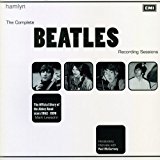
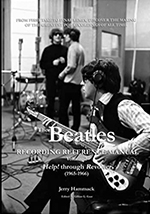
Contribute!
Have you spotted an error on the page? Do you want to suggest new content? Or do you simply want to leave a comment ? Please use the form below!